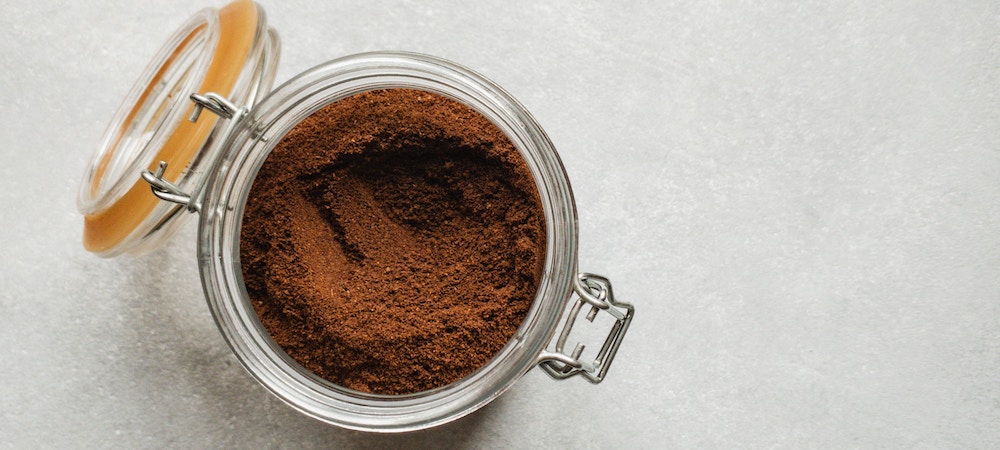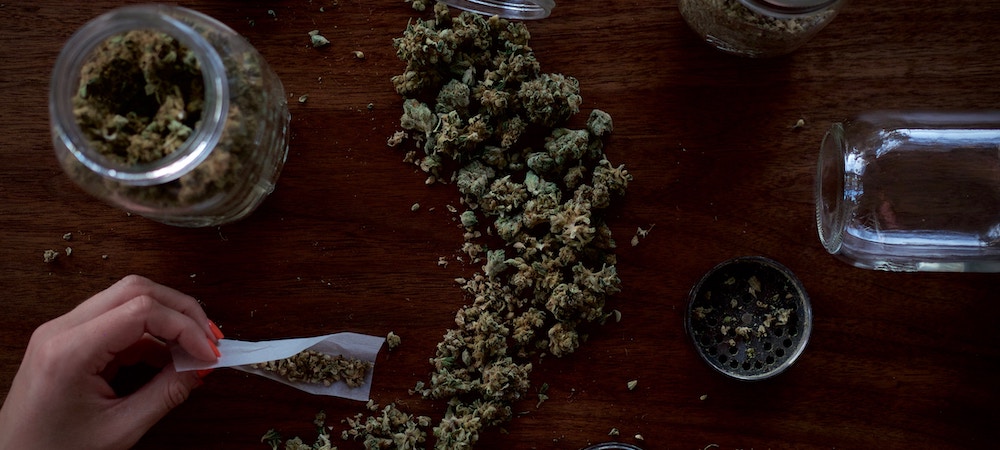Finding the Perfect Cannabis Strain for You
With hundreds of weed strains on the market, how do you find the right one for you? Discovering the essential characteristics of the primary weed types can help you start this journey. Get started on this lifelong pursuit of finding fantastic strains today with our beginner’s guide to marijuana strains.
The Wide World of Weed Types
Whether you’re new to cannabis or new to having access to an entire menu of weed products, you likely have one central question. What is a marijuana strain, and what makes these weed types different? We’ll answer this question and explore the key facts you need to know to make an informed cannabis purchase.
There is a big wide world of cannabis strains, with over 700 unique varieties in existence. These strains result from selectively breeding one or more of the three cannabis subspecies together. Specifically, sativa, indica, and ruderalis are the three subspecies that have been bred for decades to produce the strains we now enjoy (Gloss, 2015).
As far as strains go, there are three major weed types you’ll find online, sativa, indica, and hybrid. The ruderalis subspecies is rarely ever sold on its own. Nonetheless, ruderalis strain genetics play an essential role that we’ll explore soon. To start, let’s discover why you should pay close attention to cannabis strains.
Let’s get started!
1. Why are Strains Important?
The marijuana strain is a critical factor because it impacts the outcomes of your smoking experience. Sativa, indica, and hybrid strains have different chemical characteristics (called phenotypes) that impart unique therapeutic and recreational outcomes. When it comes to buying the right strain for you, learning these differences makes all the difference.
Generally speaking, sativa and indica strains impart unique effects that can directly influence your experience. Sativa strains are known for producing a head high, which many people label as cerebral. Inspiring deep thoughts, creativity, social communications, and a more active high experience are all trademarks of sativa genetics.
On the other hand, indica strains produce a body high, leading to relaxation and sleepiness. Melting away muscle tension, sinking into the couch, and stimulating the munchies are all typical results of smoking an indica strain. So, what about hybrids?
As the term hybridization suggests, these strains are a combination of different plant genetics. Hybrid strains contain genetics from both sativa and indica subspecies, along with possibly some ruderalis. When you see hybrid strains on the cannabis market, they will often be identified as sativa- or indica-dominant. While the effects of hybrid strains can be more unpredictable, the dominant genetics give you a good hint of what to expect.
Now that we understand why these strains are so important, you can decide which sounds better for you. Maybe you’ll be a fan of Sativa strains?
Suggested Sativa strains:
Related article: Top 10 Things to Do When You Are High on Sativa
2. Cannabis Strain Characteristics
The full name for the cannabis plant is Cannabis Sativa L., but this does not mean all plants are sativas. Since this can be confusing, we often shorten the name to cannabis when referring to the entire plant population. Within this single plant, three subspecies developed over thousands of years. We know these subspecies as sativa, indica, and ruderalis.
Sativa plants are tall, growing to 5-18 feet tall. These plants have only a few branches and narrow leaves. Buds produced by sativa plants are generally smaller and more fluffy. This variety grew tall in the search for sunlight in more northern-latitude climates (Gloss, 2015).
Indica plants, on the other hand, are short and bushy. These plants grow only 2-4 feet tall but are tightly branched. Indica plants produce buds that are bigger and denser than sativa plants. Indica plants developed in the high-altitude plains of Asia, where they got all the sun they could want. Because of this, they were able to stay short and stocky (Gloss, 2015).
Ruderalis plants are like the runt of the family, the runaway child. This strain emerged from cannabis plants that broke away from human captivity and spread like weeds. And so, you had a domesticated variety of cannabis plants that spread in nature. In the case of ruderalis, these plants literally grow like weeds. They can pop up in a ditch or the side of the road, for example. (Gloss, 2015)
You certainly won’t find many ruderalis strains on the market! Although ruderalis genetics are used for autoflowering seeds. The most common type of cannabis products you’ll find come from Indica strains. Are these strains right for you?
Suggested Indica strains:
Related article: Top 10 Things to Do When You Are High on Indica
3. How Do Strains Impact THC and CBD content?
We learned that sativa and indica plants tend to produce different effects in humans. You may be wondering if this is due to differences in delta-9-tetrahydrocannabinol (THC) and cannabidiol (CBD) levels. Unfortunately, the answer is not so simple. There are high-THC and low-THC options for each strain – sativa, indica, and hybrids. The same goes for CBD content.
Novice consumers of cannabis should not seek out the highest THC percentage possible. Instead, you should focus on strains that contain higher CBD levels. Doing this helps to avoid some of the possible side effects of not starting low and going slow. Many new consumers of cannabis find balanced strains, which have a 1:1 ratio of THC:CBD, as a perfect launching point.
The THC content will impact how intense the effects are of the buds you smoke. In the case of sativa and indica strains, this heightens the inherent qualities of each. In other words, a high-THC indica strain will produce more relaxation than a low-THC strain. But, this can also lead to adverse events. If you want to stay awake while smoking an indica, a lower THC percentage is the place to start.
Same goes for sativa strains. While many cannabis consumers love the cerebral effects produced, newer consumers may find high-THC options too intense. Anxiety is a common side-effect of consuming THC beyond your tolerance level. And so, you should strive to match your tolerance and your goals to both the strain type and THC/CBD levels.
Now, you may be wondering about terpenes? There are specific terpenes more likely to be found in Sativa or Indica strains, but the same can’t be said for hybrid strains. There is plenty of variety in hybrid strains, which can make it hard to know where to start.
Suggested hybrids:
Related article: Top 10 Things to Do When You Are High on Hybrids
4. How Do Terpenes Impact Strains?
Terpenes are aromatic compounds that produce the scent of cannabis we all know well. You’ve likely noticed how each strain can smell completely unique. This results from the wide variety of terpenes found in cannabis and all the different ways to combine them. There have been over 200 different terpenes found in cannabis plants (Russo, 2011).
When looking for the right strain for you, your considerations should include the strain, the THC/CBD content, and the terpenes present. Terpenes are essential to consider because they also play a role in the outcomes of your smoking experience (beyond smelling good). According to the entourage effect, terpenes combine with cannabinoids (THC, CBD, and others) to produce synergistic outcomes (Russo, 2011).
In other words, the therapeutic and recreational benefits of cannabis are strongly influenced by the terpene content. It can be hard to predict these effects ahead of time, so there is a certain level of trial-and-error that all cannabis consumers must go through. This work is worth the effort, as once you find the right terpene(s) for your goals, you can continue to seek them out.
Bringing the conversation back to strains, there is an important topic to discuss. While every sativa, indica, and hybrid may have a unique terpene profile, there are similarities between the strains. Indica strains are world-renown for their musky and skunky aroma, while sativas are more commonly associated with floral and fruity scents.
More broadly, there are two general clusters of terpenes that tend to go together. The result is two major themes, as far as terpenes go. The first theme is described as earthy, woody, and herbal. The second theme, however, is characterized as sweet and pungent with lemon and citrus scents. The first group tends to be more common with indicas, while the second is found in sativa plants (Sommano, Chittasupho, Ruksiriwanich & Jantrawut, 2020).
Wrapping Up Our Complete Guide to Cannabis
Well, there you have it. Whether you believe it or not, you now know everything needed to be an informed buyer of cannabis. We learned that there are three marijuana strains, sativa, indica, and hybrid. You understand that these hybrid strains can lean toward sativa or indica, with an incredible variety in between. Furthermore, we discussed how the THC/CBD content impacts each strain’s intensity and why more is not always better. Finally, we rounded out our conversation by exploring terpenes and the role they play.
Now, you can take this understanding and use it to find the perfect strain for you. By removing the uncertainty, you can understand the jargon and find the strains that match your goals. We learned how the THC/CBD content and terpene profile combine to produce each one of the over 700 unique cannabis strains. Start your journey today, and find your perfect strain!
Citations
Gloss D. (2015). An Overview of Products and Bias in Research. Neurotherapeutics : the journal of the American Society for Experimental NeuroTherapeutics, 12(4), 731–734. https://doi.org/10.1007/s13311-015-0370-x.
Russo E.B. (2011). Taming THC: potential cannabis synergy and phytocannabinoid-terpenoid entourage effects. British journal of pharmacology, 163(7), 1344–1364. https://doi.org/10.1111/j.1476-5381.2011.01238.x.
Sommano, S.R., Chittasupho, C., Ruksiriwanich, W., & Jantrawut, P. (2020). The Cannabis Terpenes. Molecules (Basel, Switzerland), 25(24), 5792. https://doi.org/10.3390/molecules25245792.




